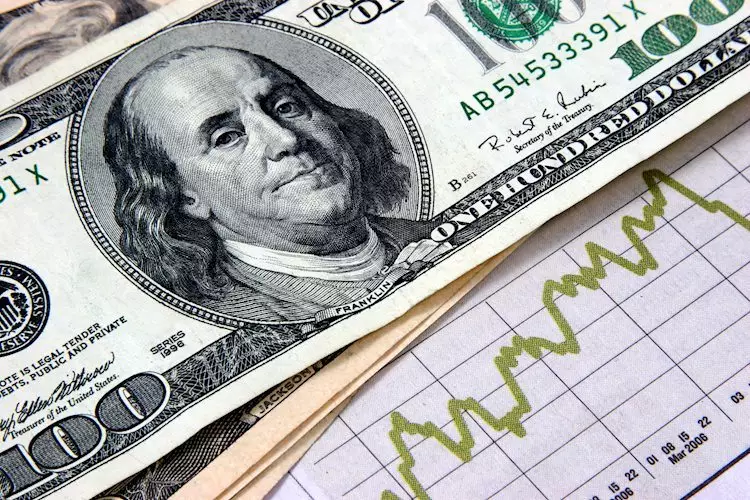The US inflation rate, as measured by the PCE Price Index, remained steady at 2.5% year-over-year in July. This stability in inflation has contributed to the strength of the US economy, causing the US Dollar to gain ground in the foreign exchange market. However, with inflation showing signs of tapering off, the Federal Reserve (Fed) is considering rate cuts as a measure to stimulate economic growth. Despite Fed Chairman’s hint at a rate cut in September, the recent PCE print may not be sufficient to prompt an aggressive 50-basis-point cut.
The labor market remains a critical factor in the Fed’s decision-making process. The incoming data on employment levels and wage growth will play a significant role in determining the pace of future rate cuts. The CME FedWatch tool currently indicates a 30% probability of a 50-basis-point rate cut in September, reflecting uncertainties regarding the economic outlook.
From a technical analysis perspective, the US Dollar Index (DXY) shows potential for recovery. The Relative Strength Index (RSI) is trending upward, while the Moving Average Convergence Divergence (MACD) indicates a bullish sentiment. Key support levels for the DXY are at 100.50, 100.30, and 100.00, with resistance levels at 101.70, 101.80, and 102.00. If the DXY maintains levels above 101.00, a rally towards the 20-day Simple Moving Average (SMA) at 102.00 could be triggered.
The US Dollar serves as the official currency of the United States and is widely accepted in numerous countries worldwide. It accounts for the majority of global foreign exchange transactions, averaging $6.6 trillion per day. Following World War II, the USD replaced the British Pound as the world’s reserve currency. Over time, the USD’s value has been influenced by various factors, with monetary policy being a primary driver.
The US Dollar’s value is closely tied to the Federal Reserve’s monetary policy decisions. The Fed aims to maintain price stability and full employment by adjusting interest rates accordingly. When inflation exceeds the 2% target or unemployment rates are high, the Fed may raise or lower interest rates to curb inflation or stimulate economic growth. Quantitative easing (QE) and quantitative tightening (QT) are unconventional policy measures used by the Fed to manage liquidity and credit conditions, affecting the value of the US Dollar.
The US inflation rate, the Fed’s monetary policy, and global economic trends all have a significant impact on the value of the US Dollar. As inflation stabilizes and the labor market data unfolds, the Fed’s decision on interest rates will shape the future direction of the economy and the Dollar’s performance in the foreign exchange market. Monitoring these factors will be crucial in assessing the potential outcomes for investors and policymakers alike.

